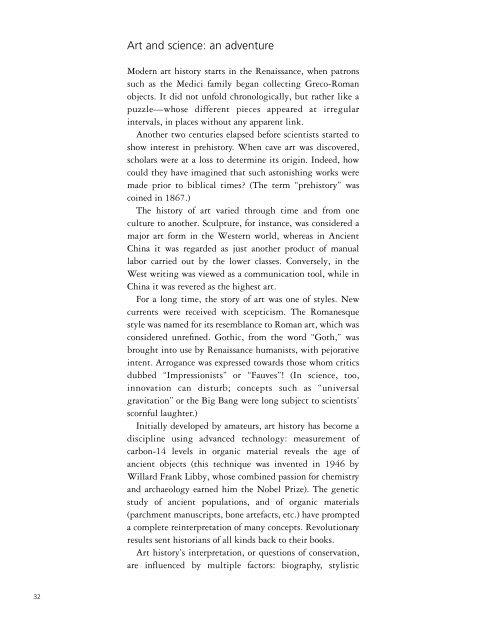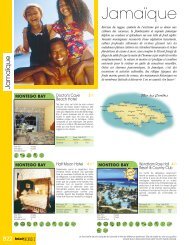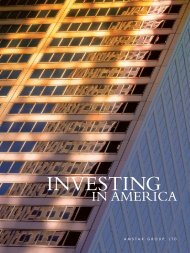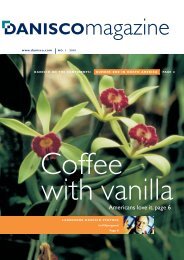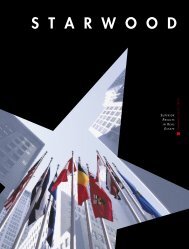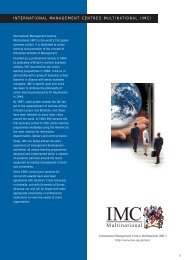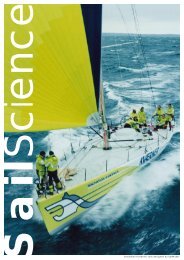Art and Science
Art and Science
Art and Science
- No tags were found...
You also want an ePaper? Increase the reach of your titles
YUMPU automatically turns print PDFs into web optimized ePapers that Google loves.
<strong>Art</strong> <strong>and</strong> science: an adventureModern art history starts in the Renaissance, when patronssuch as the Medici family began collecting Greco-Romanobjects. It did not unfold chronologically, but rather like apuzzle—whose diff e rent pieces appeared at irre g u l a rintervals, in places without any apparent link.Another two centuries elapsed before scientists started toshow interest in prehistory. When cave art was discovered,scholars were at a loss to determine its origin. Indeed, howcould they have imagined that such astonishing works weremade prior to biblical times? (The term “prehistory” wascoined in 1867.)The history of art varied through time <strong>and</strong> from oneculture to another. Sculpture, for instance, was considered amajor art form in the Western world, whereas in AncientChina it was regarded as just another product of manuallabor carried out by the lower classes. Conversely, in theWest writing was viewed as a communication tool, while inChina it was revered as the highest art.For a long time, the story of art was one of styles. Newcurrents were received with scepticism. The Romanesquestyle was named for its resemblance to Roman art, which wasconsidered unrefined. Gothic, from the word “Goth,” wasbrought into use by Renaissance humanists, with pejorativeintent. Arrogance was expressed towards those whom criticsdubbed “Impressionists” or “Fauves”! (In science, too,innovation can disturb; concepts such as “universalgravitation” or the Big Bang were long subject to scientists’scornful laughter.)Initially developed by amateurs, art history has become adiscipline using advanced technology: measurement ofcarbon-14 levels in organic material reveals the age ofancient objects (this technique was invented in 1946 byWillard Frank Libby, whose combined passion for chemistry<strong>and</strong> archaeology earned him the Nobel Prize). The geneticstudy of ancient populations, <strong>and</strong> of organic materials(parchment manuscripts, bone artefacts, etc.) have prompteda complete reinterpretation of many concepts. Revolutionaryresults sent historians of all kinds back to their books.<strong>Art</strong> history’s interpretation, or questions of conservation,a re influenced by multiple factors: biography, stylistic32


